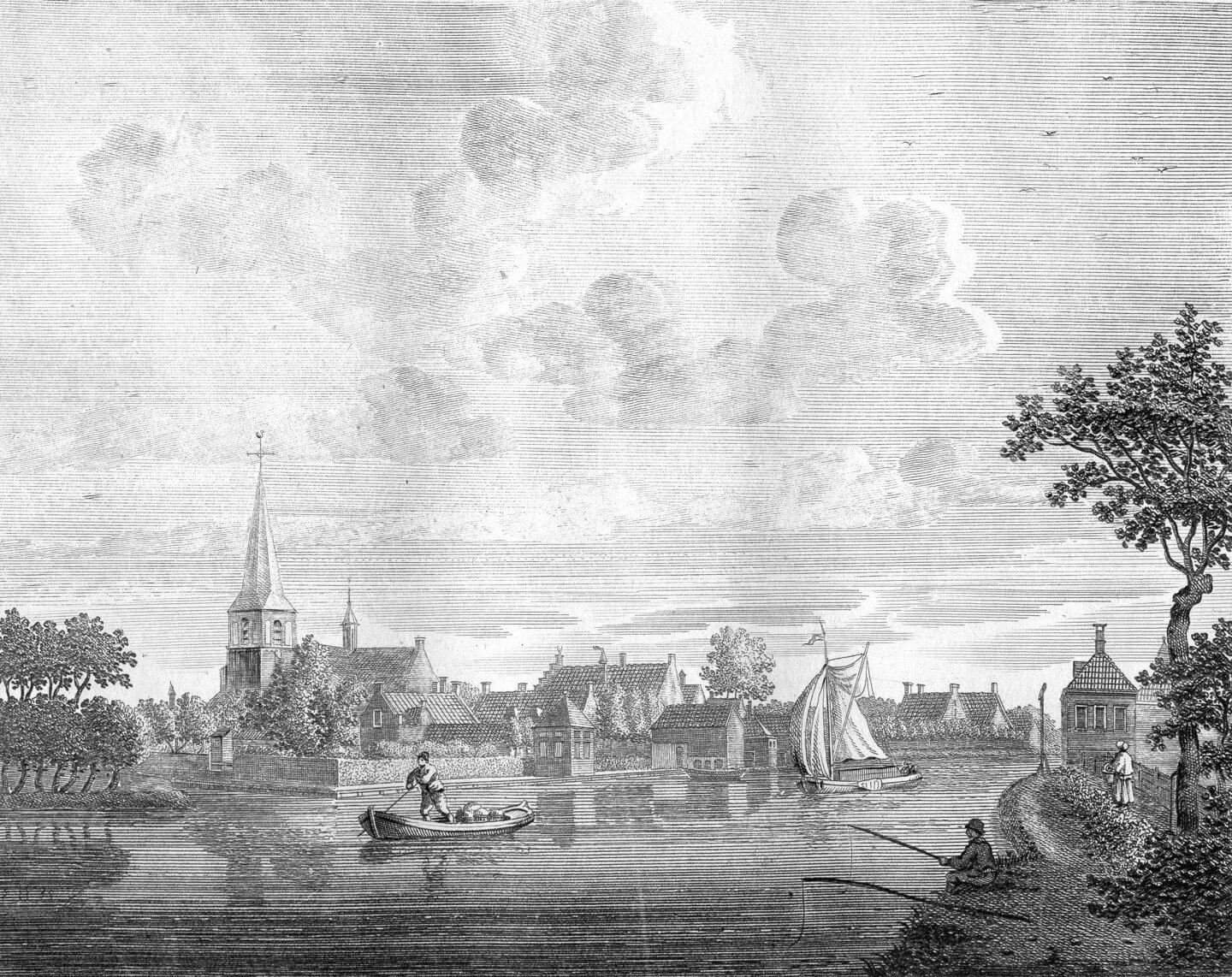Rembrandt [plates]
This new catalogue of Rembrandt's etchings is preceded by no less than sixteen earlier studies. Throughout the three hundred years since Rembrandt's death there has been a constant desire to re-catalogue his printed work. Newly formed collections have furnished new data, and a close comparison of impressions has sometimes resulted in the discovery of important differences between states, unnoticed by earlier cataloguers. Moreover, the importance of each separate state in relation to the development of the artist as well as the differences between originals and copies, were observed more closely. After Bartsch, Middleton's catalogue of 1878 marked the next important stage. As well as giving the first reliable survey of copies after Rembrandt's originals, Middleton was the first to list the holdings in Amsterdam, Cambridge, Haarlem, London, Oxford, and Paris. To these collections the present compilers have added Berlin, Frankfurt, Paris Dutuit, Paris Rothschild, Vienna, and impressions in other European and American collections, when they were of particular interest.
The appearance of Rovinski's catalogue in 1890 made all earlier catalogues largely obsolete, because of the accompanying Atlas, containing 1000 collotype reproductions. This became an important tool for the Rembrandt student, by means of which he could learn to discern and verify the different states.
The compilers of the present catalogue have decided that it was essential to adopt a basically different approach to that already used in the other volumes of the series started by Hollstein of Dutch and Flemish Etchings, Engravings, and Woodcuts. This also made it possible for the Rembrandt volumes to appear as a separate edition. The compilers are of the opinion that the time has now come to replace Rovinski's Atlas with a new volume of reproductions showing as many states as possible, several of which have never been reproduced before or were only known by vague descriptions in earlier works.
Published in 1969
Compilers: Christopher White and Karel G. Boon
330 pp.

